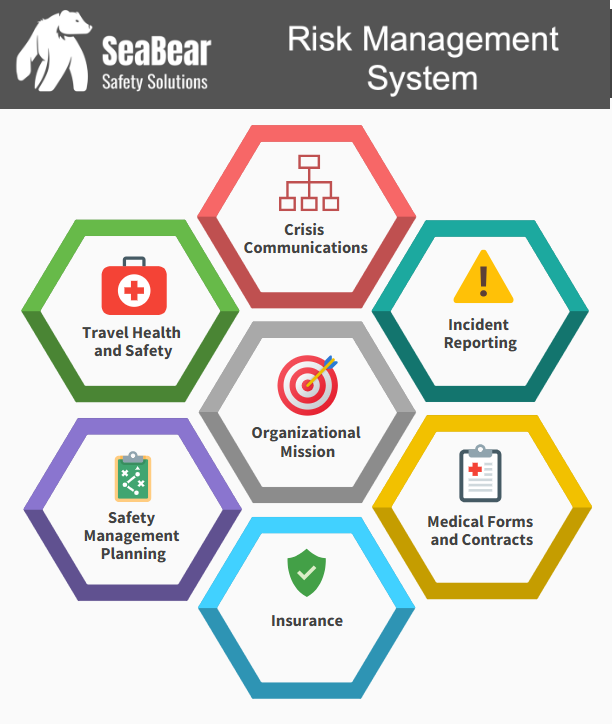Systems
Safety and Risk are often an afterthought - tucked into the end of job descriptions, buried in a strategic plan - often agreed on but rarely on point in meetings and policy. In the daily course of running a business, it likely gets overlooked, especially on blue sky days in the normal course of things. When safety is present it tends to occur in spurts and happen piecemeal - an incident response here, a new policy or audit there. Safety practice often mirrors the disjointed structure of many businesses; disparate business units and departments, functioning at different levels of competency, moving at different speeds and a bit disconnected. No surprise, then, when significant events occur the response feels confused and suffers friction from its own disorganization as people and process compete and challenge each other, even when working toward the same goal.
At SeaBear Safety, we like to think in systems - cohesive interconnective networks, working together. Like tree roots, each individually holding fast and supporting the larger structure - individually useful but vulnerable - while together creating a strong dynamic foundation. Safety and risk management tools and resources function best when synced into a coordinated system. The best safety manual in the world isn’t worth much if no one knows how to access it, train to it, and reference it. If your internal and external communication plans are in conflict then you can do more harm than good. Taking a holistic approach to operations management means integrating the operational elements of your business so they work in concert, supportively. It means building input from multiple sources, reworking hierarchies that makes functional sense and not just visual sense, and considering how change management and implementing something in a contract impacts a policy that affects training that shows up in staff performance and flags new ideas and challenges.
A lot has been written about systems thinking, but we want to see more of even a simple, practical application of it through business operations. It is a mindset as much as a framework; when teams think how their roles and responsibilities interconnect and overlap, operative process gets more efficient, communications get cleaner, and team performance tends to sharpen. Departments are less siloed when they have a mechanism to benchmark what everyone else is up to. When staff trust the process drives collaboration, then the working structure becomes a reliable framework to lean on - all the more important during emergent and critical events.
This can be as simple and complex as your business, your mission, and as you want. Start small, join two processes and go from there. The best part is, since safety is the thread connecting all elements of your work - facilities, assets, people, clients, community - it is the most seamless way to integrate your operations, being natively embedded already. Risk and Safety are the backstage pass to your organizational efficiency - by starting with safety, and by linking risk and security components of your work it not only becomes cooperative but will drive capacity and effectiveness across the organization. You may have great business process and elements - make sure they are coordinated and working together to amplify their utility and so your productivity, readiness, and operations function as a smooth running system.
By Todd Duncan, Owner/Principal Consultant, SeaBear Safety Solutions

